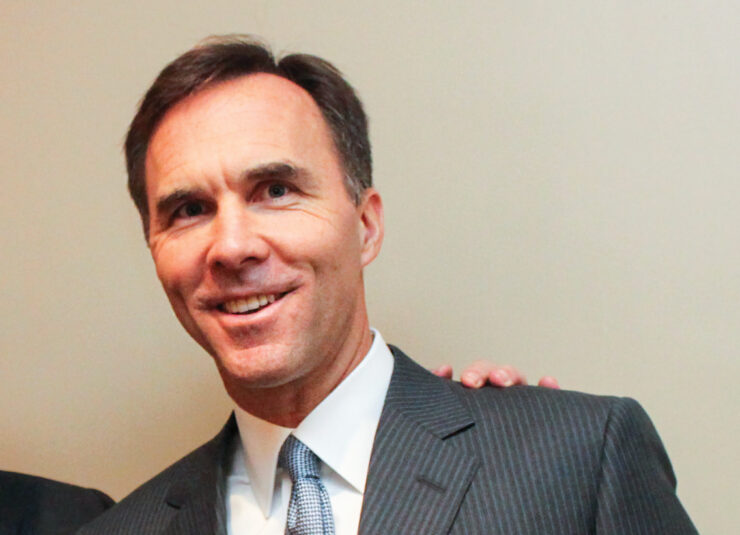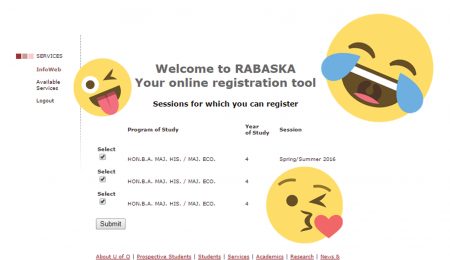Document promises financial aid, but many roadblocks still exist
Between essays, exams, and Netflix, it’s safe to assume that most students weren’t waiting on tenterhooks for the federal government to release the new budget.
All in all, it wasn’t an earth-shattering document, but its contents could have an impact on students’ schooling and lifestyle. And while several parts of the budget were good for education, there were some drawbacks for students as well.
Let’s start with the fun stuff.
One of the more talked about outcomes of the budget is that ride-sharing apps like Uber will now be taxed like taxis, with riders having to pay HST, which will lead to higher prices if you’re running late to a class or on your way home from a night out.
There was, sadly, a higher tax imposed on alcohol, though it seems like it will make no noticeable impact on prices students pay for their beer.
But the budget goes much further in terms of education, making some structural changes to how the system works.
One of the biggest changes is the increased funding for Indigenous students in post-secondary education. The government will allocate $90 million over the next two years to the Post-Secondary Student Support Program for this purpose.
The government has also pledged to do a “comprehensive and collaborative review” with First Nations communities to make sure federal programs supporting Indigenous students are working. However, there are doubts that this action will be carried out in a way that leads to real change.
Even if you’re not going to be a full-time student, this budget is good news for you. It signals a plan to expand eligibility for Canada Student Grants for part-time students. The government also plans to expand eligibility to these grants for students with dependent children.
The budget also promises to make it easier for adults to go back to school, since adults going from working back to school often have trouble qualifying for loans or grants.
To solve this problem, the budget promises to debut a “pilot project,” spending $287.2 million over three years to “test new approaches.” However, no details are provided, and there are concerns that too many roadblocks exist, like getting the provinces to agree on a system to use.
Other than that, the budget does raise some concerns, like the fact that it does little to ease the repayment process for student loans. However, there’s hope that this issue could be dealt with in the future.
A budget doesn’t set anything in stone, but it spells out a plan at the very least.
This document contains many promising ideas that could improve life for several different types of students. However, it also fails to provide a clear roadmap to achieve to these goals in a lot of places, and that will need to be ironed out before all of the government’s plans can come to fruition.





